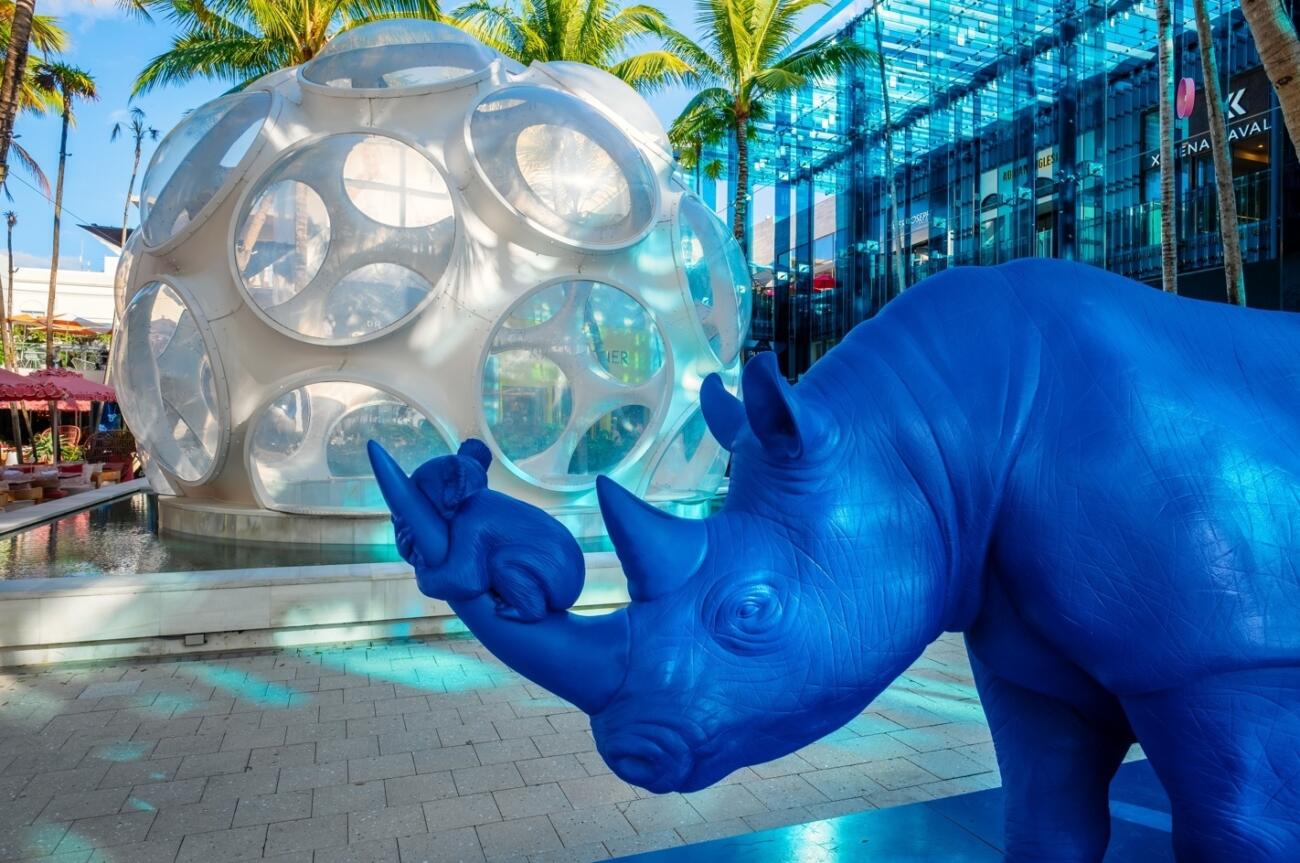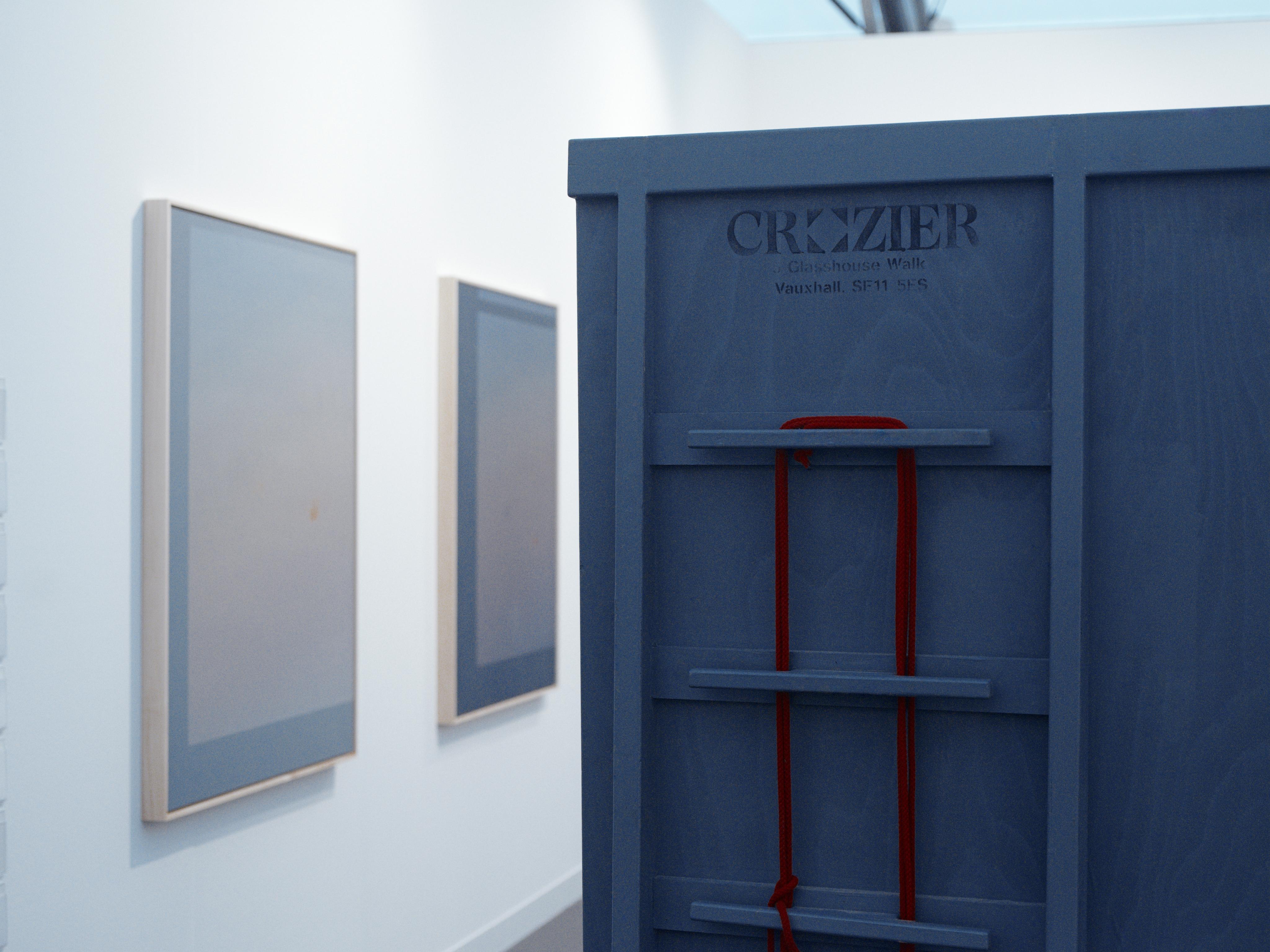Insights

By: Anna Smith
What are art industries doing to keep pace with collectors' changing needs?
Art collectors rank sustainability among top concerns
According to research, 70% of art collectors think about sustainable options when purchasing works of art and the management of their collections, up from 59% two years before. The same research found that 64% of collectors feel it is ‘essential’ or ‘a high priority’ to reduce their own personal travel to exhibitions and fairs and that 68% were concerned with trying to use alternative delivery methods to reduce their carbon footprints.
With these trends looking likely to continue, how are art businesses pivoting their offering to answer their clients’ evolving needs?
Fairs
Fairs remain some of the largest and most important events in the art calendar. With around 300 a year – and over 250 biennales – organisers are increasingly aware of the need to make them more sustainable. According to industry blog Art, since 2019, Frieze London has switched to a new type of fuel, made from vegetable oil waste, to power the fair, reducing its carbon emissions by an impressive 90%. FIAC, the International Contemporary Art Fair in Paris, said they recycled close to 50% of their waste in 2019. Art Basel Miami Beach chose sustainability as the central theme of its 2019 season. However, the carbon emissions created by the shipments going to and from these fairs are still a major problem.

Shippers
According to UK environmental charity, Julie’s Bicycle, the art world’s total carbon emissions add up to about 70m tons of CO2 per year, the equivalent energy generated by 159,000 acres of solar panels annually. One of the biggest contributors to this is art transport, the main culprit of which is airfreight.
Having said this, airfreighting is the most popular method of transport, accounting for 10 times the environmental impact of land transport and 60 times that by sea (Gallery Climate Coalition). Many service providers are now looking at how to make better use of sea freight, a transport method that has been historically considered to be more risky. In an effort to assuage fears, companies have been investing in new technologies. For example, Crozier, the fine art shipper, has developed secure steel and aluminium containers with temperature controls, humidity and shock monitors. They have also invested in a fleet of electric vehicles for European deliveries and are investigating the use of recyclable packing materials and crates.
Galleries and Auction Houses
The increasing interest in more environmentally friendly practices has not bypassed galleries and many are looking for ways to reduce their carbon emissions and energy usage.
Hauser & Wirth, was the first international gallery to appoint a Global Head of Environmental Sustainability, pledging to reduce their carbon emissions by 50% by 2023. Many others have joined the Gallery Climate Coalition (GCC), an organisation committed to reducing CO2 emissions across the sector by 50% by 2030.
Auction houses too have jumped on the bandwagon. Drouot, has hired a dedicated Environmental Officer to oversee and implement sustainable strategies. Christie’s, meanwhile, has committed to net-zero carbon emissions by 2030 and reduced the use of printed catalogues in favour of digital versions.
Whether art businesses are motivated by ethics or an effort to appease their clients, the results are the same: an overall reduction in industry emissions and a public commitment to change. There is certainly more that could be done, but it is encouraging to see some of the world’s biggest players in the art world take positive steps in the right direction.